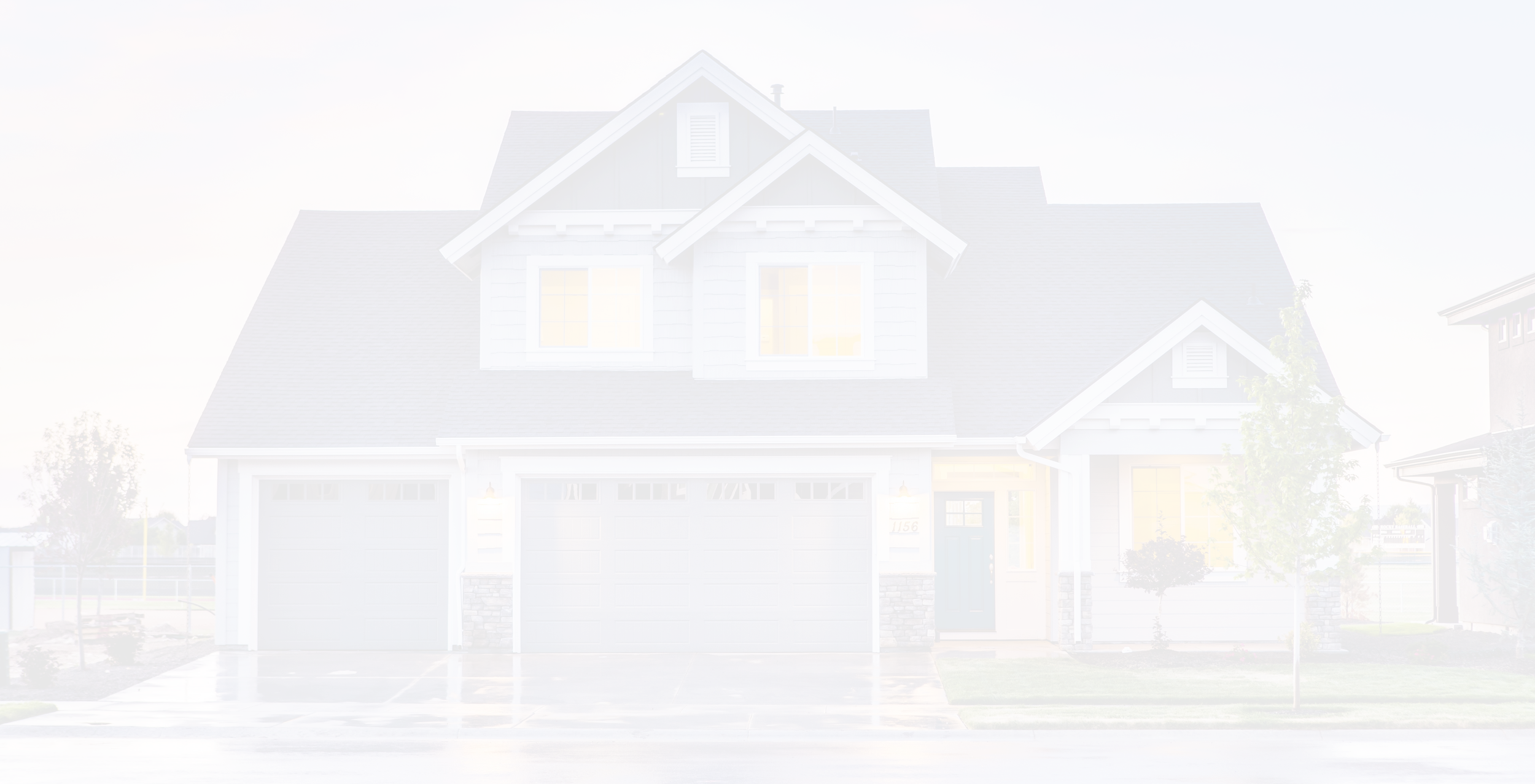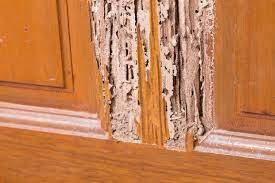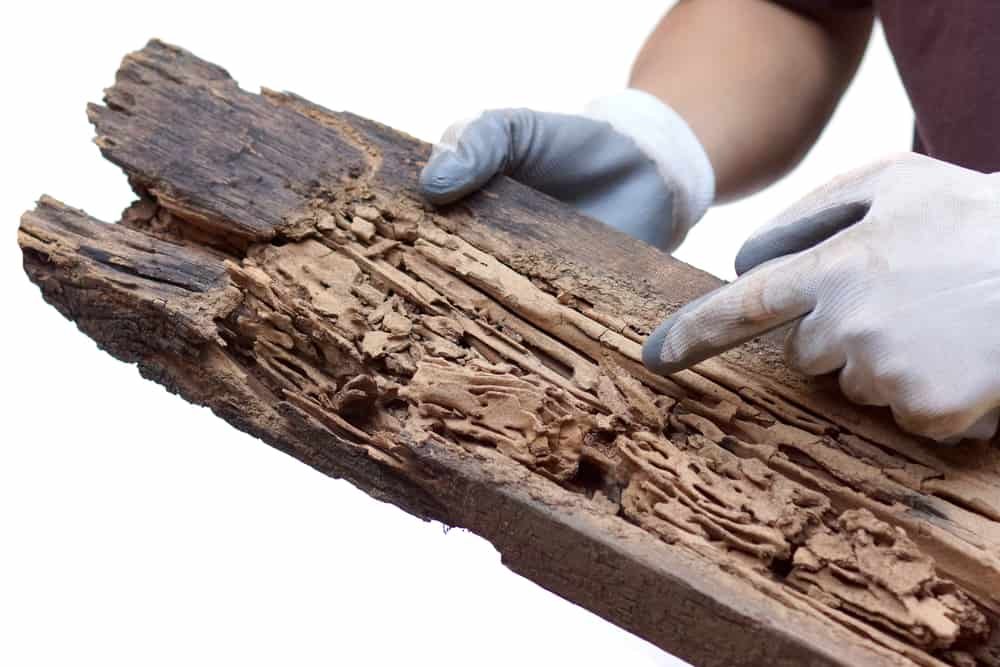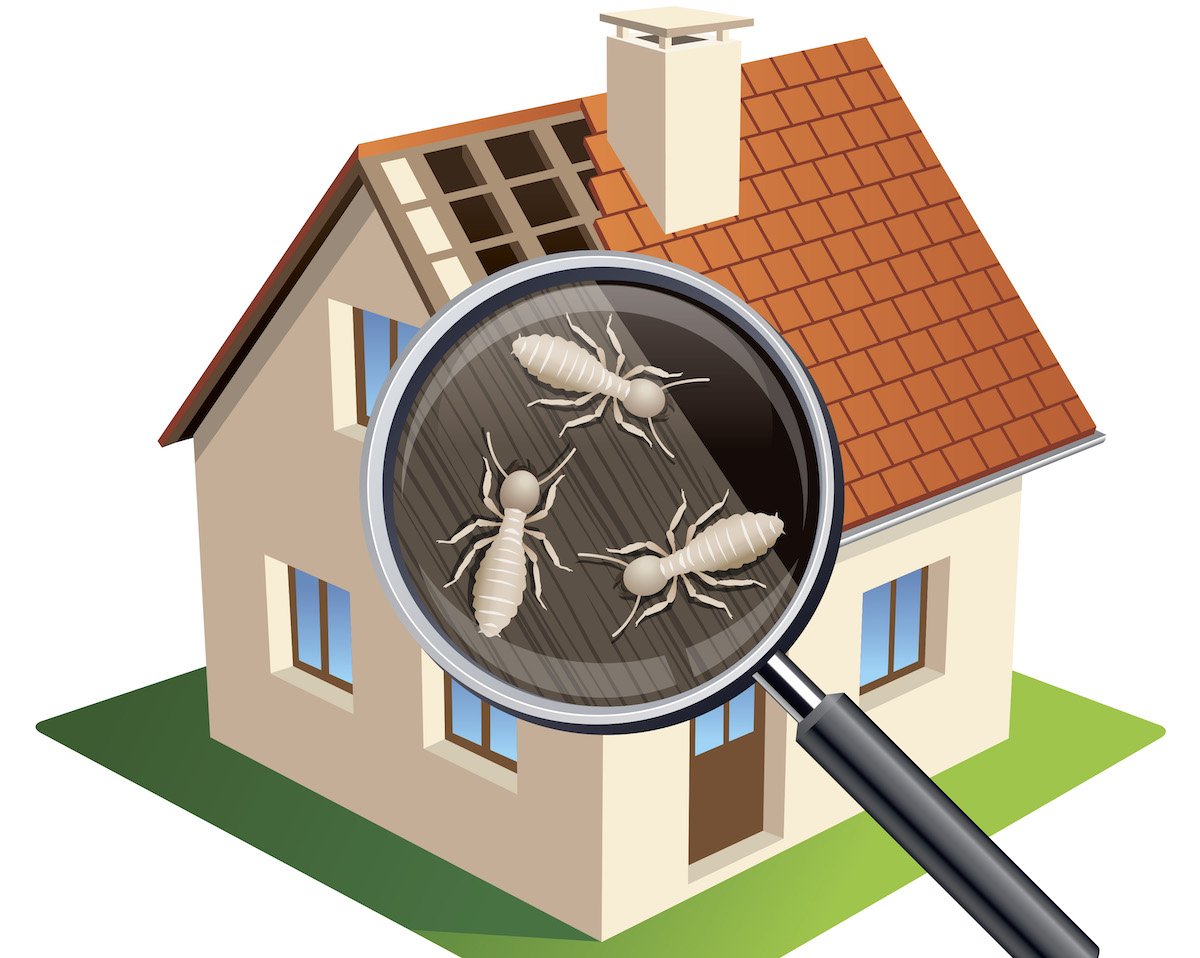
WDI Termite Inspection
What is a Wood Destroying Insect?
A wood destroying insect is an insect that feeds on cellulose materials such as wood, plants, cardboard, insulation, and more. These insects include Drywood Termites, Subterranean Termites, Formosan Termites, and Carpenter Ants. In Texas, subterranean termites are the most common, and contribute to hundreds of millions of dollars in damages each year. Subterranean termites, as their name suggests, create colonies with as many as two million members below the soil of a home. Due to the nature of the termites’ subgrade burrowing, an infestation can be difficult to find and often property owners do not know they have a termite issue until it is too late.
What Do You Look For?
We will look at the interior and exterior areas of your home, checking for visible signs of a termite infestation, which include: droppings, broken wings, mud tubes, and damaged wood. The inspector will check your baseboards, walls, windows, crawl spaces, door frames, insides of cabinets and closets. During this inspection, he or she will need access to every area of your home, including the garage and attic, and will pay special attention to the bathrooms, kitchens, and utility rooms. Why? Because subterranean termites often use the places where plumbing penetrates the slab to gain access to your home.
Outside your home, the inspector will look at the exterior walls and eaves of the house, and closely examine the foundation. In addition to signs of damage to the wood, the inspector will be on the lookout for mud tubes on the foundation. Having thoroughly inspected the home itself, the inspector will move on to the surrounding property and yard to make sure those areas are not showing signs of termite activity.
Can I Fix It?
Once the inspection is complete, the inspector will let you know the findings. If there’s an infestation, treatment will be recommended, but even if there’s not an infestation, the inspector may suggest preventive treatment to keep your home safe. He or she might also give you advice on preventing termite infestations through good practices that include:
GETTING RID OF EXCESS MOISTURE. Repair leaky faucets as soon as possible, and don’t let water accumulate near your foundation. Keep gutters clear from clogs, and use downspouts to divert water away from the house. Make sure the soil around your house is graded to keep water away from the foundation.
KEEPING LANDSCAPING CLEAN. Don’t let wood debris, mulch, or firewood come into contact with your home’s exterior surfaces, and remove any old tree stumps or dead trees from your property. Try to prevent any wood to soil contact, both on your home and with any fences on your property. Trim trees and shrubbery so that they don’t touch wood surfaces on the house and give termites a great way to get in.
REPAIRING YOUR ROOF AND ATTIC AS SOON AS THERE’S AN ISSUE. Broken roof tiles and attic entrances can expose wooden beams in the attic and provide easy access for termites.
KEEPING YOUR EYES OPEN TO SIGNS OF A TERMITE INFESTATION. Look in your window sills for discarded wings, pay attention to hollow sounding floorboards, and check for mud tubes on your home’s exterior.
SCHEDULING AN ANNUAL INSPECTION BY A PROFESSIONAL. Professional termite inspectors can spot signs of an infestation that you may have missed and will be able to offer suggestions for the treatment of an active infestation or prevention against future invasions by termites.





